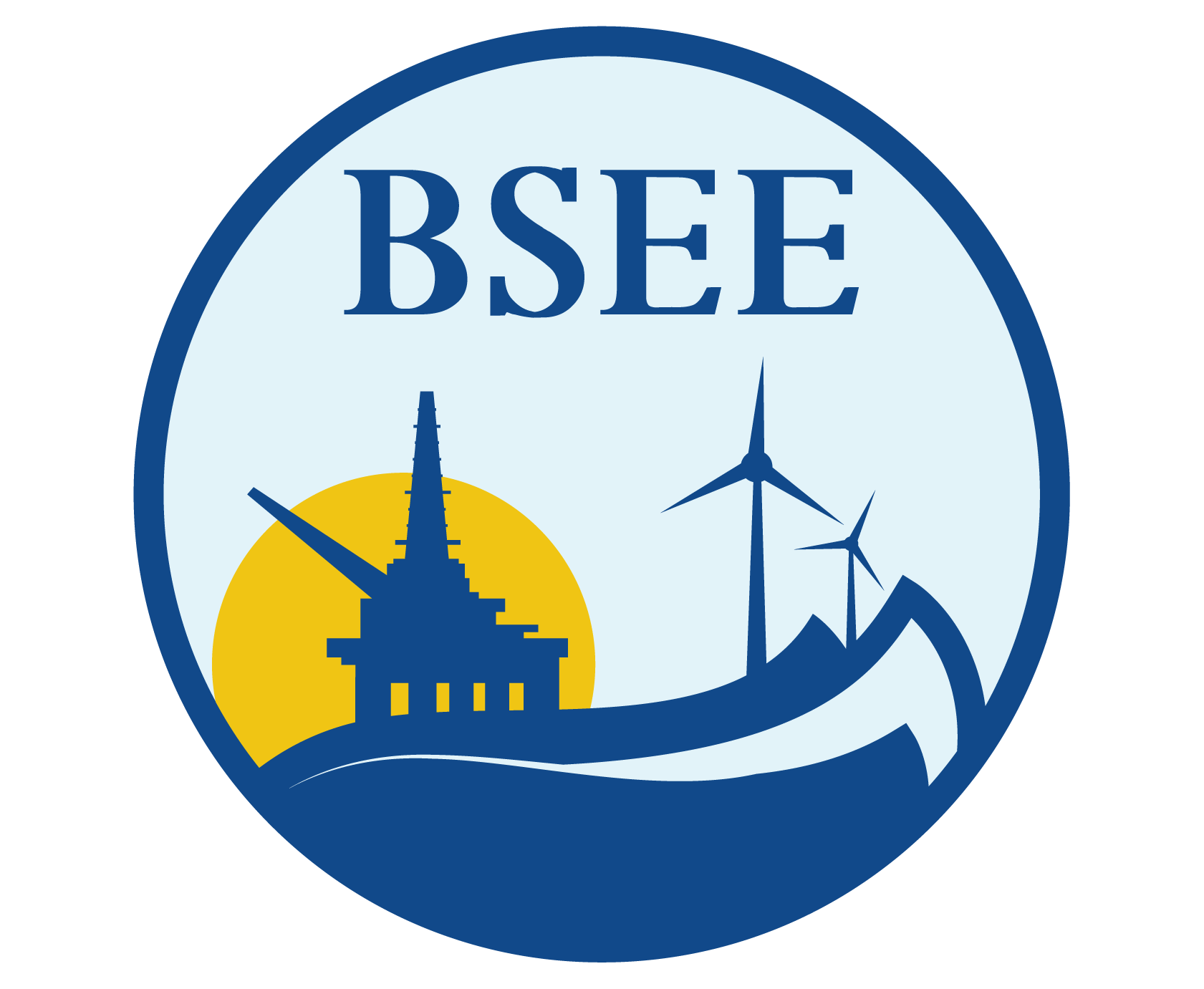Synthetic-Fiber Mooring Lines for Deepwater Floating Production Facilities
The objective was to assess the feasibility of using synthetic-fiber mooring lines for deepwater floating production facilities. The project was a Joint Industry Project (JIP). The research consisted of a laboratory testing program to look at the engineering characteristics of synthetic-fiber mooring lines and the durability and fatigue resistance of their connections. The project conducted a long-term field program to determine environmental effects.
